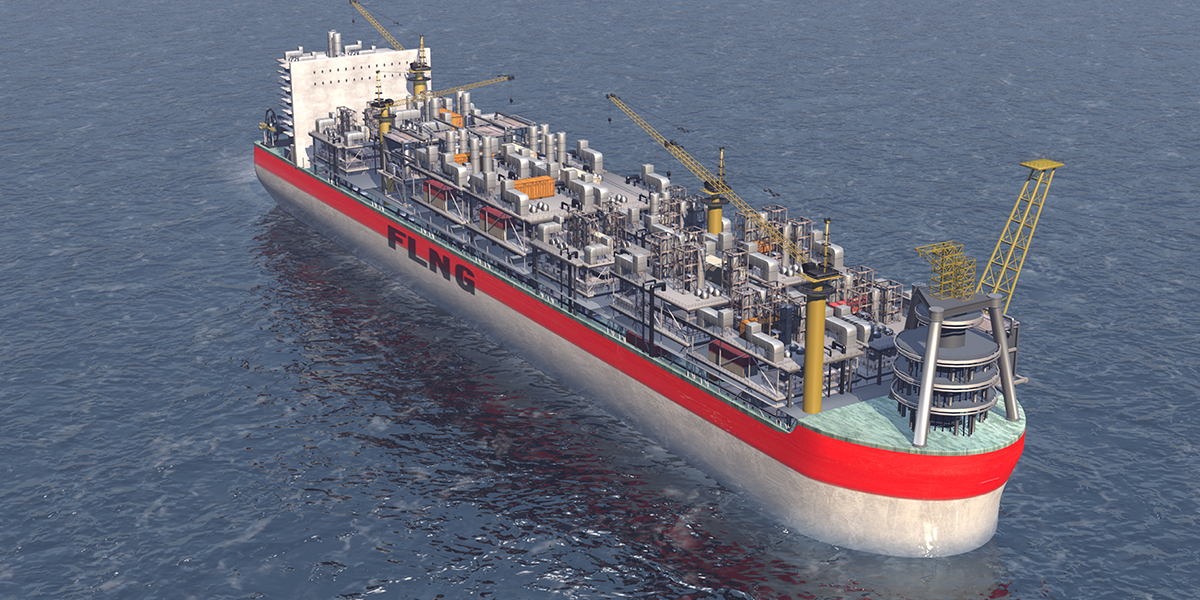
DNV GL has developed a new unmanned floating LNG concept that tries to overcome many of the challenges currently faced by the exploitation of remote offshore gas fields.
Called Solitude, the concept combines new technology in a solution that could provide some 20 percent reduction in annual OPEX, with a relatively small increase in CAPEX and at the same time boosting the overall safety.
FLNG technology is developing rapidly as part of the industry’s quest for resources in more remote waters. A number of concepts have been discussed, but only a few are currently under construction, due to rising costs. Foreseeing the need for more remote projects to be able to overcome high cost barriers, whilst still meeting safety and environmental standards, DNV GL embarked on a project among its “Extraordinary Innovation Project” in the sector.
“Solitude has been developed with maintainability foremost in mind,” says Elisabeth Tørstad, DNV GL CEO Oil & Gas. “By changing the focus from maximum efficiency to maximum reliability, and selecting robust processing options with built-in redundancy, we were able to develop a solution that ensures production levels and boosts the economic viability of FLNG projects.”
Solitude makes use mainly available technology to provide its power. Power that would otherwise be generated by high-maintenance gas turbines can as an example be generated by fuel cells. This improves power generation reliability and reduces the unit’s environmental footprint. Equipment throughout the FLNG is modularised and monitored from shore with much of the routine maintenance and fault correction carried out by self-programming autonomous inspection and maintenance units (robots). The topside has a system of rails that run along each process train, providing these robots with access to all the equipment. Wireless sensor networks act as eyes, ears and noses, feeding information to a condition monitoring system that overseas fault detection, proactive maintenance and repair planning.
The Unit will not have living on board or working staff, reducing the associated risk only to large maintenance campaigns.
“Existing frontier oil and gas projects have resulted in tremendous technological developments, particularly in the subsea realm, and Solitude draws on this,” says Tørstad. “Operators are already controlling subsea installations and simple, fixed offshore installations from shore. Given the on-going advances in autonomous systems and remote operations, unmanned offshore installations are a natural development over the next few decades.”
“While Solitude is a holistic concept, many of its solutions can be implemented independently – and some are already available today. These projects are our way of thinking out loud. Our aim is to present high-level concepts that can form a basis for discussion and be further developed in collaboration with the industry. We see Solitude as a new opportunity for the future,” ends Elisabeth Tørstad.
A video illustrates the project:
https://production.presstogo.com/mars/embed?o=9E56C710C778D74A&c=10651&a=Y
Source: DNV GL Press Release
 IT
IT  en
en

